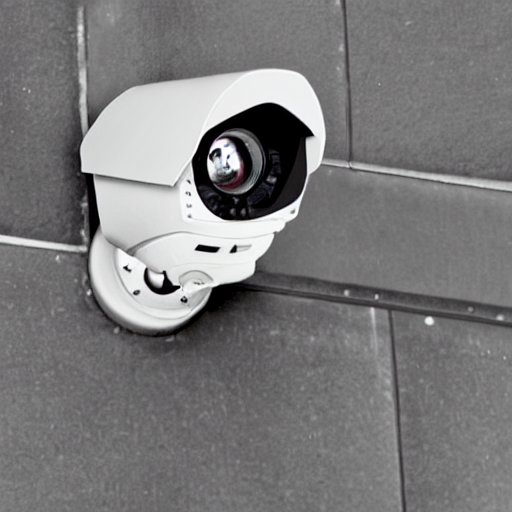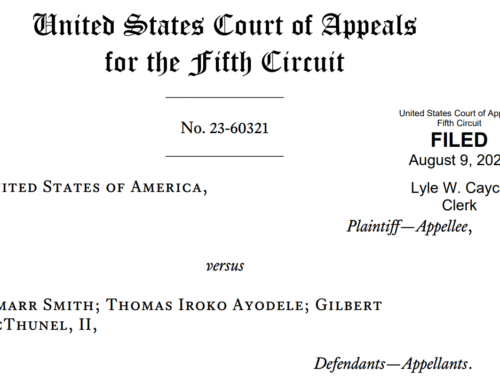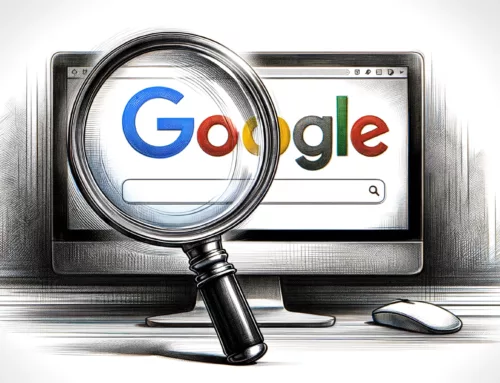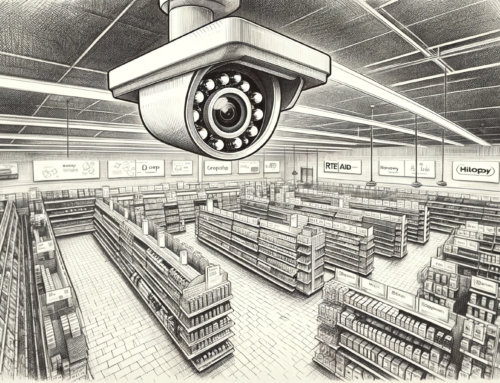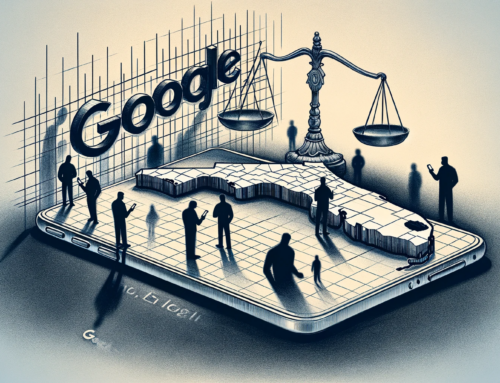The use of video evidence in criminal cases has skyrocketed in recent years, thanks to the widespread availability of surveillance cameras, smartphones, and bodyworn cameras. This trend has profoundly impacted criminal defense practice, and it’s worth exploring in detail.
Difficult to Challenge in Some Cases
Sometimes, the ubiquity of video evidence has made it much harder for criminal defense attorneys to challenge the prosecution’s case. In the past, eyewitness testimony was often the only available evidence in a criminal case, and it was relatively easy to cast doubt on its reliability. But with video evidence, it’s much harder to argue that the prosecution’s evidence is unreliable or has been tampered with. This has made it more difficult to defend some clients in court successfully.
New Defense Opportunities
However, the widespread availability of video evidence has also created new opportunities for criminal defense attorneys. For example, video evidence can often provide a more complete picture of what happened in a given situation, including details that might not have been captured by eyewitness testimony. This can be especially useful in cases where the prosecution’s case is built largely on circumstantial evidence. Occasionally, it can prove that the defendant is not guilty of the alleged crime.
In addition, video evidence can provide a clearer picture of the events leading up to an arrest, which can be critical in cases where the police used excessive force or violated the defendant’s rights. For example, bodyworn cameras worn by police officers can provide evidence of whether the police followed proper procedures, used excessive force, or made false statements.
Another advantage of video evidence is that a defense attorney can use it to challenge the credibility of eyewitness testimony. For example, if an eyewitness’s testimony contradicts the video evidence, the attorney can use it to cast doubt on the eyewitness’s credibility. This can be particularly useful in cases where the prosecution’s case is built largely on eyewitness testimony.
Issues with Video Evidence
However, video evidence can also have its drawbacks. It can be edited or manipulated, leading to misunderstandings or false conclusions. Additionally, the quality of video evidence can sometimes be poor, making it difficult to see what is happening in the footage.
Key Evidence in Trial
Finally, it’s worth noting that video evidence’s widespread availability has also impacted how criminal trials are conducted. For example, in the past, eyewitness testimony was often the centerpiece of a criminal trial. But with the widespread availability of video evidence, it’s becoming more common for it to be the centerpiece of a trial, with eyewitness testimony playing a lesser role.
Contact an Experienced Defense Lawyer
The ubiquity of video evidence has profoundly impacted the practice of criminal defense. While it has made challenging the prosecution’s case harder in some cases, it has also created new opportunities for criminal defense attorneys. If you or a loved one has been arrested or charged with a crime, the attorney you choose to represent you must take the time to review any footage available and consider how it may positively or negatively impact your case. Your attorney must critically evaluate any video evidence and challenge the admissibility of any recordings that have been edited or manipulated. Finally, it is also important that your attorney thoroughly investigate the case to potentially discover additional video recordings that may be critical evidence in your case.




